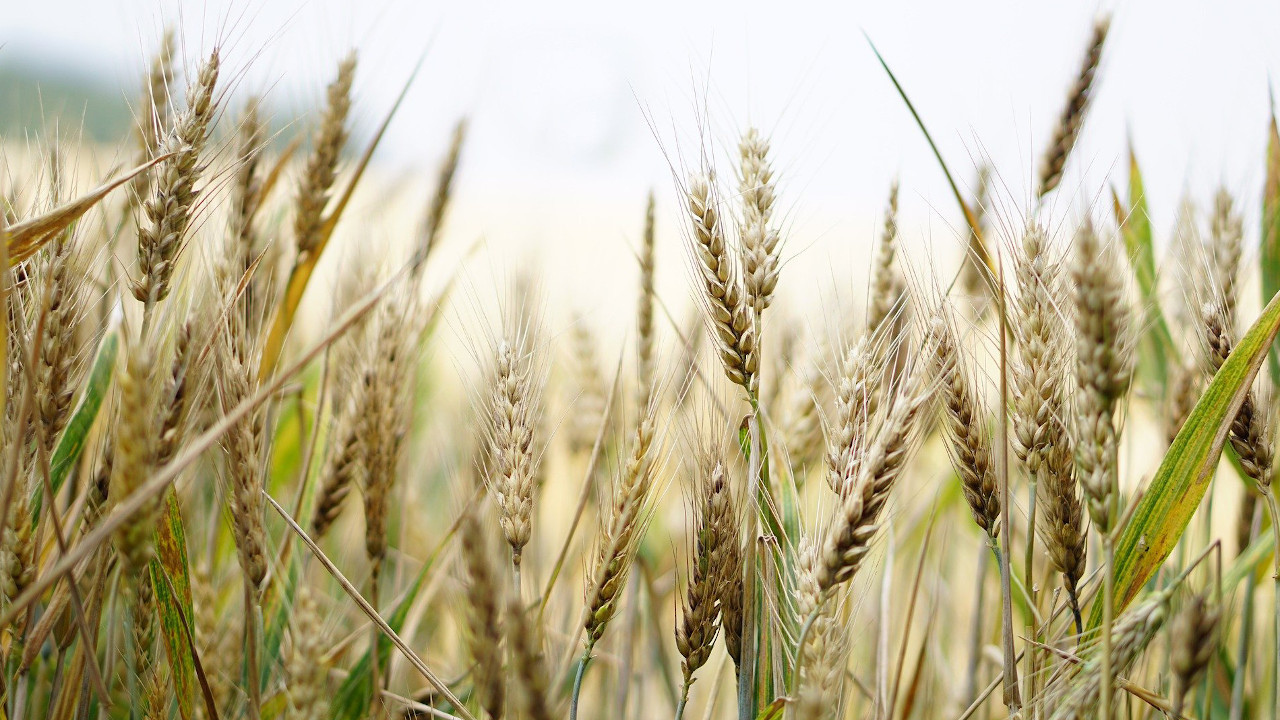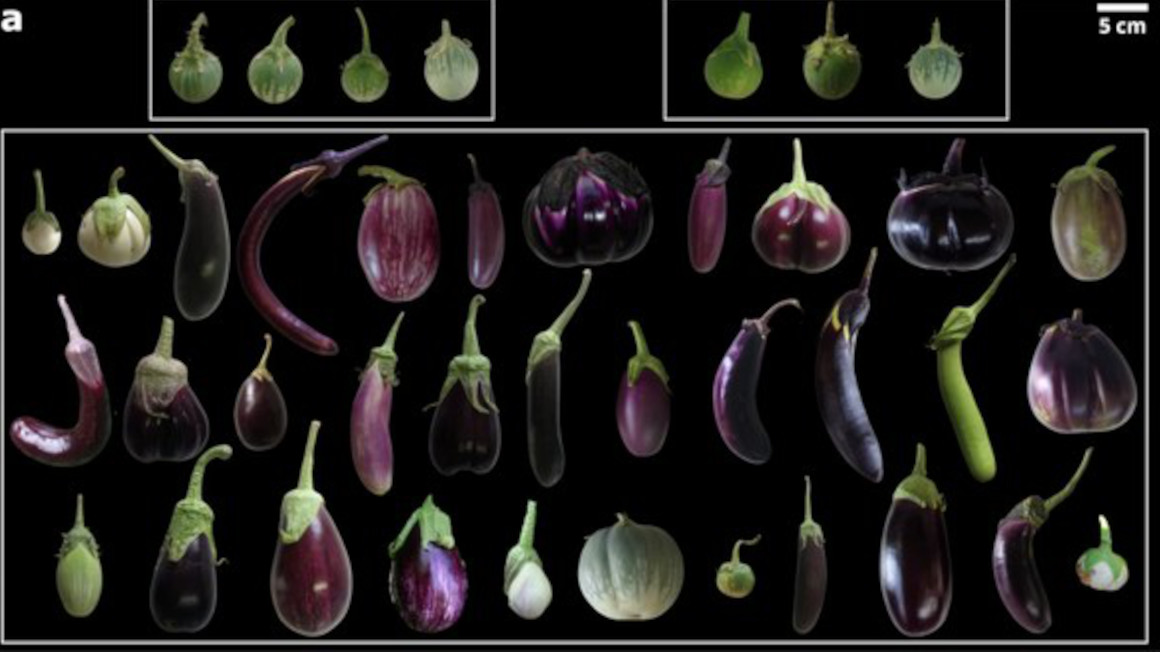Securing food supplies with new wheat varieties
New wheat varieties utilise nitrogen better and can deliver higher yields under current climatic conditions. This is the conclusion of an international study conducted in collaboration with the Technical University of Munich.

Wheat is one of the most important food crops in the world and is dependent on a supply of nitrogen. In agriculture, nitrogen is therefore applied in the form of fertiliser to promote plant growth and achieve good yields. However, the right amount is important. Nitrogen that the plant cannot process ends up in the environment and pollutes ecosystems. But how can the supply of wheat be secured without further harming the environment?
Simulating the yield of new wheat varieties in a warming climate
One solution could be the breeding of new wheat varieties, as a research team led by agricultural scientist Senthold Asseng from the Technical University of Munich writes in the scientific journal Nature Plants. Together with scientists from the French Research Institute for Agriculture, Food and Environment (INRAE), the team analysed new wheat varieties that are still at the experimental stage. Data from five trial fields worldwide, where particularly high yields are achieved, were used for this. With the help of simulation models, the yield of the tested varieties was calculated for various climate scenarios with the addition of different amounts of nitrogen. In the climate scenarios, global warming of one degree and 4.8 degrees was taken into account.
More yield using the same amount of fertiliser
According to the researchers, under the current climatic conditions, new wheat varieties produced 16% more yield than previously used wheat varieties when fertilised with the same amount of fertiliser. Better nitrogen utilisation also improved the ecological footprint. At the same time, the team found that ‘nitrogen requirements will generally increase in the course of global warming if the harvest potential of the plants is to be fully utilised’. However, in this case too, the nitrogen efficiency of the new wheat varieties tested in the project was better than those used previously.
Breeding of new wheat varieties recommended
The researchers conclude that the new wheat varieties are superior to the previous ones ‘in important aspects’ and can therefore be a ‘building block for food security’. However, as nitrogen is a cost-intensive resource, the researchers recommend ‘continuing to use the wheat varieties tested in the model in breeding programmes’.
‘With improved breeding, we can manage to close the food gap for the next 20 to 30 years. However, we will not succeed in balancing global food security, environmental protection and economic efficiency with new varieties alone,’ says Senthold Asseng. ’What we need is a systemic approach that considers environmental aspects, socio-economic factors and the role of politics in addition to agricultural science methods such as modern breeding.’
The project was funded by the international Wheat Initiative.
bb


